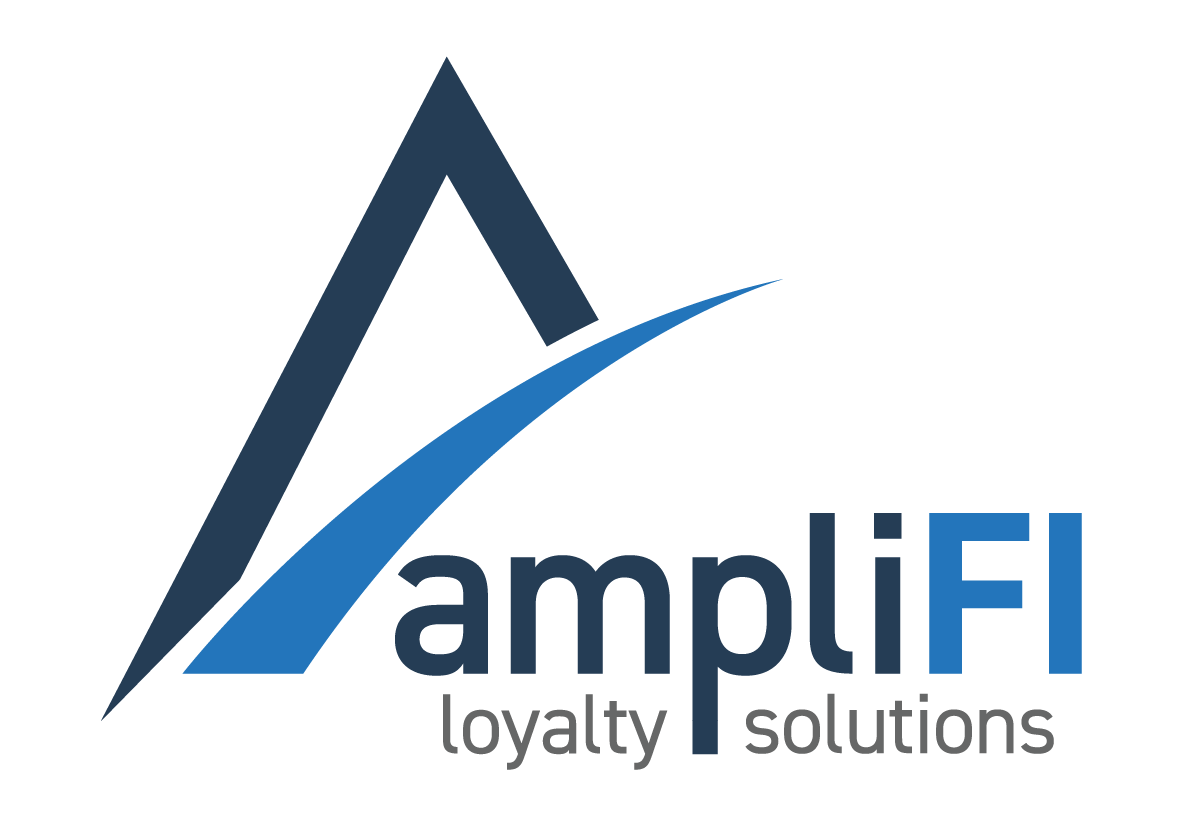Why is Cardholder Communication Critical for a Successful Loyalty Program?
Loyalty programs are essential tools for banks and credit unions—but without strategic cardholder communication, even the best programs can fall flat. To increase activation, usage, and long-term engagement, your messaging needs to be timely, consistent, and actionable.
“Nurturing consumer loyalty isn’t just about offering points and discounts,” says Nichole Mumford, VP of Marketing at ampliFI Loyalty Solutions. “It’s about creating emotional connections and personalized experiences that resonate. The best loyalty programs make consumers feel seen and valued.”
According to Merkle’s 2024 Customer Engagement Report1, 84% of consumers say a strong loyalty program makes them more likely to stay with a brand. But to deliver those results, financial institutions must go beyond program design—they need communication strategies that activate loyalty at every step of the journey.
No matter the size of your institution or the resources available, these proven marketing strategies can help you get more from your loyalty program—and keep your cardholders coming back.
Communicate With Purpose Across the Cardholder Lifecycle
84% of consumers are more likely to engage with loyalty-related communications when they’re relevant and time-sensitive2. That means clear messaging and consistent outreach can drive real action—not just awareness.
Every stage of the cardholder lifecycle offers an opportunity to deepen loyalty:
| Lifecycle Stage | Communication Tactic |
| Onboarding | Branded digital or print welcome kit introducing how to earn and redeem points |
| Early Activation | EMOB emails and bonus point promotions for first transactions |
| Ongoing Engagement | eStatements with personalized point updates, app push alerts, SMS prompts |
| Redemption Touchpoints | Event-triggered messages promoting real-time redemptions |
| Seasonal Messaging | Connect with cardholders during high-spend seasons, like holidays. |
| In-Branch Connections | Print materials with rewards program reminders, staff talking points to promote and cross-sell loyalty benefits |
The most successful loyalty programs combine digital, physical, and human touchpoints—each one reinforcing the value of staying engaged. When your communication is proactive, intentional, and aligned with the cardholder journey, your loyalty program becomes more than a perk—it becomes a habit.
What Role Does Branding Play in Cardholder Communication?
Every rewards message is also a brand-building moment. When your logo, voice, and tone are woven into your loyalty communications, cardholders begin to associate value and rewards directly with your institution.
This branding consistency builds familiarity, trust, and top-of-wallet behavior. It also creates a sense of cohesion—ensuring your loyalty program feels like a seamless extension of your digital banking and in-branch experience.
Even institutions without dedicated design teams can create polished, on-brand communications. Many loyalty providers (like ampliFI) offer customizable templates to help you maintain visual consistency and message clarity.
The result? A loyalty experience that looks and feels like your brand at every step, building deeper recognition, engagement, and connection.
Reflection: Is Your Cardholder Communication Working for You?
Ask yourself:
- Are we consistently communicating across key touchpoints—onboarding, EMOB, eStatements, social, and in-branch?
- Are our messages clear, branded, and tied to specific actions?
- Do we have the tools and templates to support ongoing marketing without draining resources?
If your communication feels inconsistent or reactive, your loyalty program may not be living up to its potential.
Activate growth through holistic loyalty rewards. Let’s talk.
Sources:


